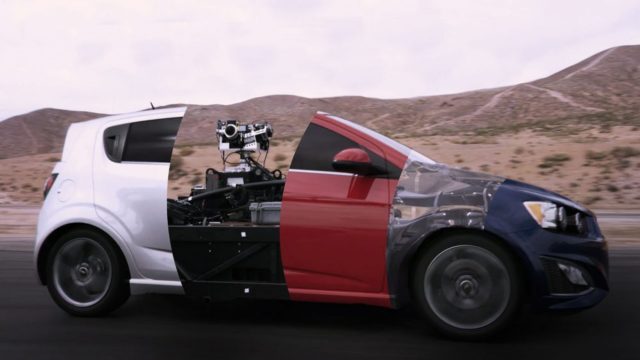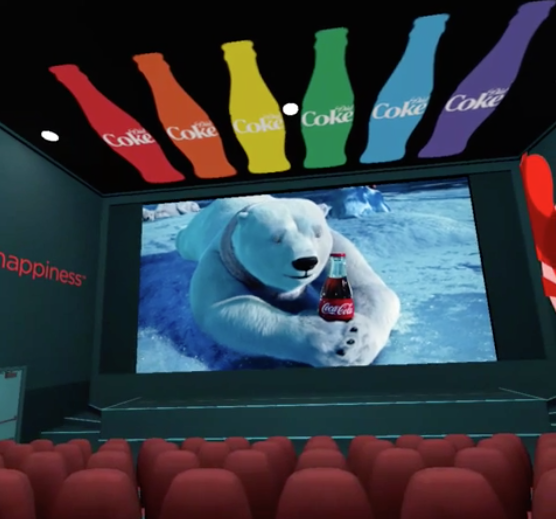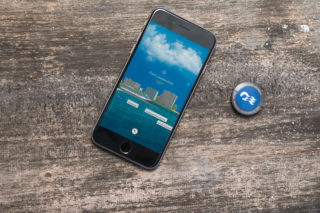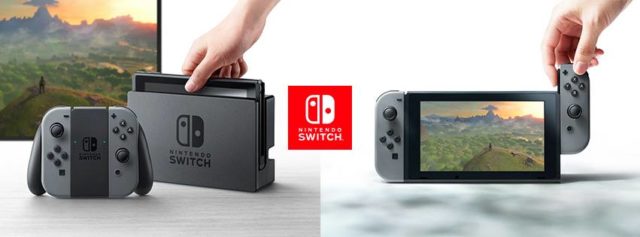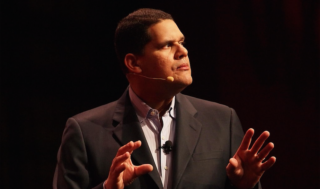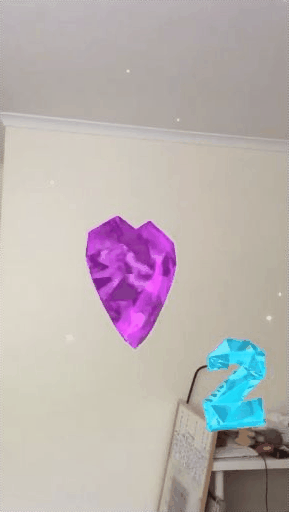Fossil Group is joining forces with fashion brands to double down and deliver on a diverse product line of hybrid smartwatches this year to satisfy consumer lifestyles.
The watch brand is partnering with the likes of Emporio Armani, Armani Exchange, kate spade new york, Skagen, Misfit, Chaps, Diesel and Michael Kors to bring more than 300 diversified designs for wearable smartwatches.
With the consumer crave for connectivity ramping up, brands like Fossil are spearheading a fashion-first approach featuring wearable products like touchscreen smartwatches, hybrid smartwatches and activity trackers, all while underscoring a commitment to innovate. And partners are standing in line to play ball.
Armani Exchange entered the wearables market for the first time in January with a collection of hybrid smartwatches; Skagen is offering thinner case sizes that are appealing to a modern aesthetic; Misfit unveiled the brand’s first touchscreen smartwatch featuring heart rate, GPS and standalone music functionality.
Hannah Liu, director of wearables and corporate strategy at Fossil, joined [a]listdaily to share how the brand is keeping a close watch on their connected wristpiece strategy.
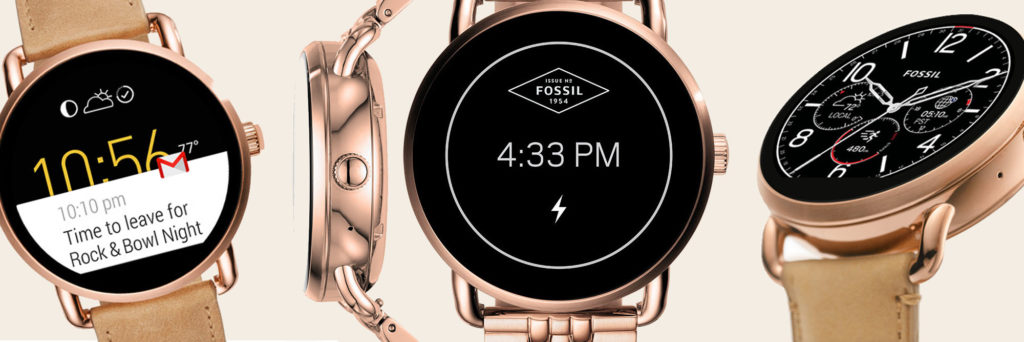
How did Fossil delve into the world of wearable watches and IoT? What is your strategy in the space?
Last year was a very pivotal year for us, and we’re excited for all of this year’s launches, too. In 2016, we launched 142 SKUs across 40 countries in 20 languages across eight fashion brands. Now, we’re working toward 300. Honestly, last year was great in terms of finally being able to bring fashion style and design, along with wearable technology. A lot of our customers are actually finding a way to try to be more connected with their world and fashion accessories. This is one of the first times where we are saying ‘you don’t have to compromise on style.’ You actually get to have both together. What we’re really excited about is our hybrid smartwatches, which is a category that is not as well-known as touch-screen smartwatches or activity trackers, but it’s really important to have everything with key features and functionality of the traditional watch.
What are your eight partners looking for from the Fossil Group? What is the consumer pain point they are trying to solve?
With the fashion brands we’ve partnered with on a lot of our different styles and devices, they want to be seen as an innovator in the wearable space, because if you actually look at the fashion brands that are in wearables, there are not very many at all. So they are really being the first movers in engaging younger, more connected and ever increasing digital customer bases. That’s been really exciting. One of the big things we have learned, too, is how technology can cater to the brand identity and brand DNA. None of the devices look the same because each reflects the brand style and aesthetic for the customers they are trying to target.
What is the consumer appetite like for wearable fashion watches?
We’ve seen extremely strong sales when it comes to actually putting everything consumers care about wearables all in the beauty of a traditional smartwatch. That has been one of the most empowering things in terms of customers voting for our devices.
What are the marketing strategies that work best with the connected consumer?
We’ve tried a lot of the different marketing channels and activities over the last year, and we’ve learned a lot. The connected and wearable customer is all about online, social and digital marketing. They are young, and they are active. A lot of the traffic is driven there not only when researching and discovering products, but also purchasing products, too. So you can probably expect for our marketing strategies to leverage and deliver on strong digital campaigns, but still understand the branded, in-store experience, and point-of-sale. We’re also exploring options like livestreaming, especially as it becomes more of a burgeoning concept, and understanding how that catches on with Snapchat, Instagram and Facebook. Livestreaming is actually a channel we’ll soon be looking at.
As watchmakers, are you leaning on any true tech companies to integrate tech into your watches?
Our 2015 acquisition of Misfit was a big investment for us in putting a full foot forward into wearables. Having their world-class engineering talent and full hardware-software platform and capabilities has been very important in our innovation in technology and leveraging the opportunity to do what we are great at—which is making beautiful watches. They are a cornerstone for us to understand different trends and innovations. We’re constantly evaluating how to innovate and evolve our devices not only in our products, but user experiences as well. We also have really exciting partnerships with Google Android Wear and Qualcomm to help with display smartwatches.
What are the emerging trends you see developing in the near future?
We’re noticing things getting smaller, slimmer and generally having more battery life. That’s something that we’re currently delivering on. We’re doing that from a design and form factor. We’re also seeing the integration with third-party partnerships such as connected homes and connected cars in ways that can unlock the different parts of your life of which you care to be more connected. We’re evaluating plenty of IoT and connected partnerships. Fossil Group is fully into the wearables business. We’ve proven to be a leader in building up this category, and what we’re going to be doing in the future. We’ve invested a lot in building a new category in hybrid smartwatches. The reason it’s so exciting is that it’s burgeoning and you can quickly see it gain momentum and accelerating in growth.
Follow Manouk Akopyan on Twitter @Manouk_Akopyan
